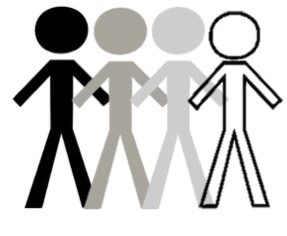Sign up for FlowVella
Sign up with FacebookAlready have an account? Sign in now
By registering you are agreeing to our
Terms of Service
Loading Flow

Problems; Generations
The clash of values needs further elaboration. When for example a grown man from eastern Turkey migrates to the Netherlands for work, his value pattern is based on that of a group. This pattern does not change during one’s adult life. This also applies to his wife from the same region. They will raise their children in the Netherlands with the values of the group society they are coming from. Their children however, will have to deal with the values of the Dutch society, in school, in clubs, et cetera. The two value patterns will collide, and the child (hopefully) finds a compromise somewhere between the two value patterns.
Both the first and second generation are busy with integration, i.e. adapting to the host country and to limit expressions of the culture of the country of origin to the private sphere as much as possible. Assimilation is becoming like someone of the host country but that value pattern only emerges in the third or fourth generation. In view of developing value patterns in pre-adult years and passing them on to the next generation (intergenerational value change) the need for three to four generations may easily be understood.
Research shows that three generations are needed for full integration or assimilation in the United States. If this is applied to the Western European context, four generations would be needed. One of the reasons for this difference is that in the United States an immigrant has much more the idea that he has left his old life and country behind and is starting a new one. In Europe the link with the country of origin is stronger, not only because of proximity but also because the original ‘guest workers’ were only intended to stay in Western Europe for a couple of years and then return.
